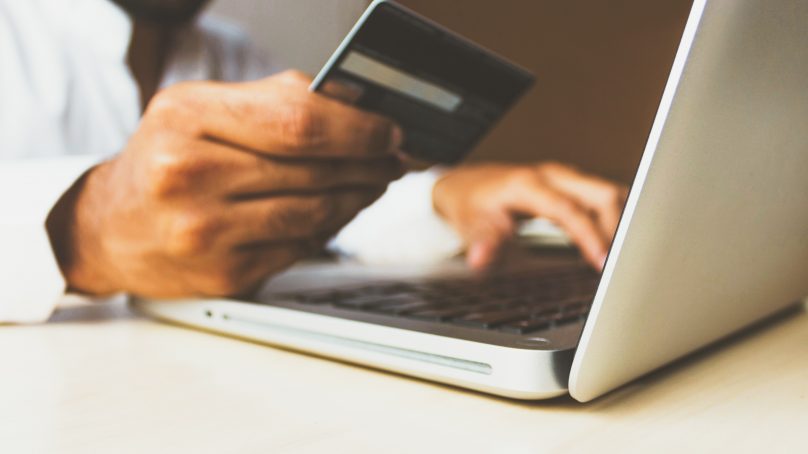Take note – the next customers dining out at your establishment might be cashless ones. There’s no need to panic though – we don’t mean they won’t be able to pay, rather that they’ve signed up for the next generation method of payment. Tony Toutoungi tells us more.
The cashless method is a dematerialized payment structure which can be made available via a wristwatch, a magnetic card or a mobile phone. An allocated amount of money can be loaded onto the card or, alternatively, it can be linked to a bank account. Usually, there is a ceiling on a cashless transaction (Stg 30 in the UK, for example) to avoid fraudulent activity. For many businesses within the food and beverage industries, going cashless could signal a welcome opportunity to capture and retain customers, fight fraud, accelerate transaction times and boost sales, while also capitalize on an innovative marketing tool.
How it works
A near field communication (NFC) processor is required for transactions being made via cashless payment systems to take place. This allows the client’s device and the NFC-enabled point of sale to communicate, which they do by way of a specific radio frequency, passing encrypted information back and forth to process the payment.
This technology’s extreme efficiency makes it a smart method of payment (MoP) choice for large functions and venues, such as festivals, networking events, leisure centers, sports stadiums and tourist spots. Events such as Coachella and Tomorrowland in the US, for example, have made the shift to cashless technology, and according to gettoken.com, “Research has shown that attendees at cashless events buy more, with up to 20 percent increased spend at food and goods vendors throughout the event. This is most likely due to the ease of making purchases and the better overall customer experience, as well as the psychological impact of not having to hand over cash or swipe a credit card.”
Implementation in the Middle East
The region is catching on to the growing popularity and convenience of cashless payments, with the service becoming increasingly available at more points of sale (POS). According to US-based consulting firm TechSci Research, the mobile wallet market in the UAE is predicted to hit USD 2.3 billion by 2022. Cashless payments are being made available in the emirates through mobile operator Etisalat, the Emirates NBD bank with NBD Pay, Apple Pay, Google Pay and Samsung Pay.
Kuwait, meanwhile, has made mobile pay available through key companies, including ‘One Pay’ and ‘Quickpay’, enabling customers to pay for their bills from a mobile app and through smart watches using a payment service called ‘NBK Tap & Pay’.
Lebanon provides ‘Tap2Pay’ through Banque Audi, while Saudi Arabia has teamed up with Visa to make NFC available. According to NFCW.com, 94 percent of Saudi POS devices support the technology, suggesting cashless is here to stay.























